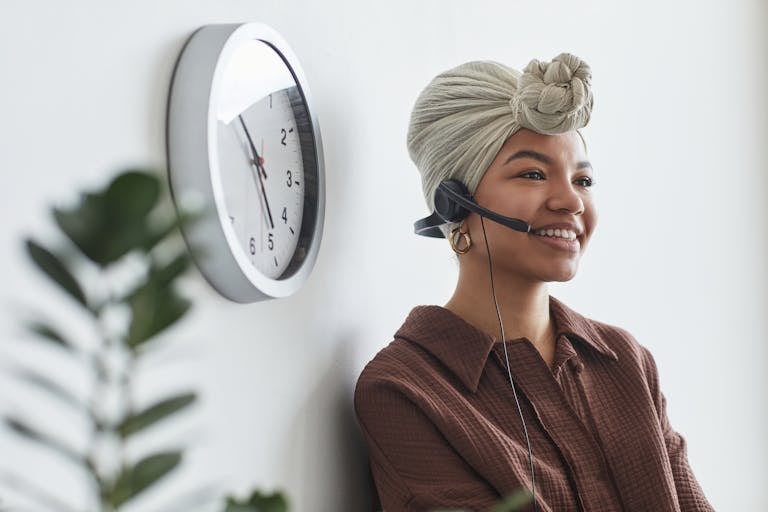Your phone system is more than just a way for clients to reach you—it’s the front door to your practice. And like any front door, it should feel welcoming, secure, and easy to open. Yet many therapists rely on outdated or piecemeal phone setups that create frustration for both themselves and their clients.
Let’s break down what a modern therapy practice truly needs in a phone system—and what gets overlooked far too often.
1. Instant Call Routing
Calls should never go unanswered, but they also shouldn’t interrupt your clinical flow. A good system allows for routing—either to a receptionist, a voicemail, or another line—based on the time of day or your session schedule. This ensures clients always feel acknowledged without pulling you out of session.
2. HIPAA-Compliant Voicemail and Transcription
Generic voicemail systems may not meet compliance standards. Look for features like encrypted voicemail storage, secure access, and even voicemail-to-text (with transcription safeguards) so you can quickly check messages without compromising security.
3. A Friendly, Live Answer Option
Clients are more likely to move forward when they speak to a real person. A virtual receptionist service like Happy Desk can answer calls live, answer basic questions, schedule appointments, and provide reassurance. This boosts conversions and improves client trust from the first interaction.
4. Custom Greetings and Prompts
Your phone greeting is your practice’s audio business card. Use it wisely. Include clear info on how to schedule, what to do in an emergency, and your general hours. Change it seasonally or when your schedule shifts so clients always receive up-to-date information.
5. After-Hours Handling
Just because you’re not working doesn’t mean your phone should be a dead end. After-hours forwarding, auto-text replies, or voicemail updates help clients know their message has been received—and when they can expect a reply.
6. Call Tracking and Analytics
Want to know how many inquiries you’re missing? A smart phone system will show you. Use this data to optimize call handling times, identify peak inquiry windows, and measure marketing ROI.
7. Multiple Lines and Extensions
If you have multiple clinicians or services, extensions are essential. They keep communication clean and allow clients to reach the right person quickly.
8. Integration with Your EHR or Calendar
The more your phone system integrates, the smoother your admin flow. Imagine a call that leads to a scheduled appointment, confirmation email, and intake packet—all without you lifting a finger.
9. Texting Capabilities (That Are HIPAA-Compliant)
Many clients prefer text. Whether it’s appointment reminders or check-in links, make sure your system allows secure messaging.
10. Call Notes and CRM Syncing
Systems like Happy Desk capture call details, client preferences, and next steps so that nothing falls through the cracks. This creates continuity—even if a different receptionist answers the next time.
A smart phone system isn’t a luxury—it’s foundational. And when it’s set up right, it saves you time, converts more clients, and keeps communication smooth.
Happy Highlight
If your phone system creates more stress than support, it’s time for an upgrade. Your future clients are already calling—make sure they feel welcomed when they do.
Want help designing a phone system that actually supports your practice? Contact us to get started.







